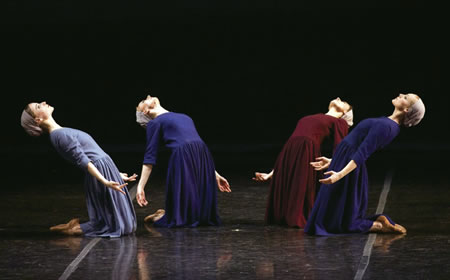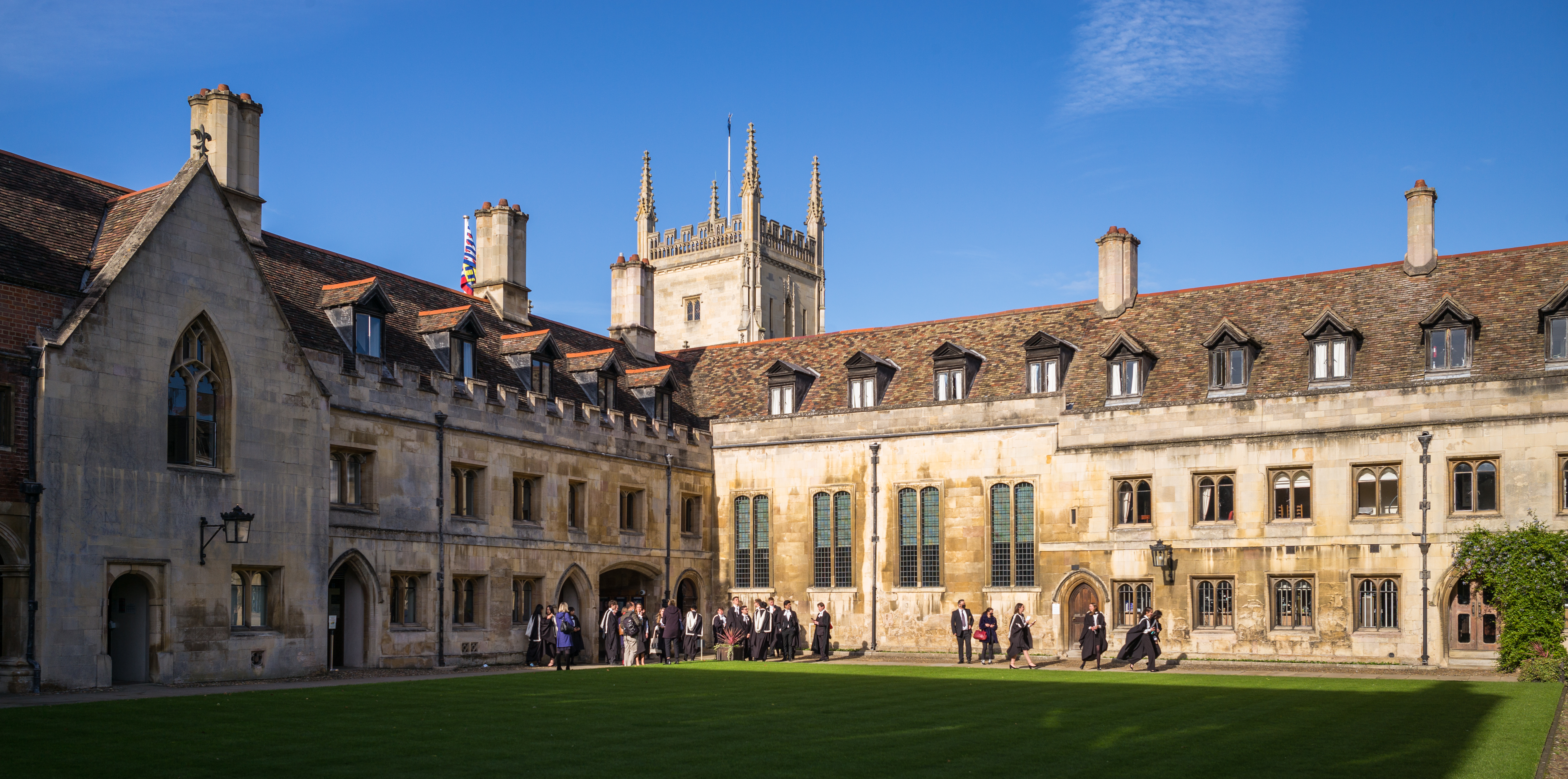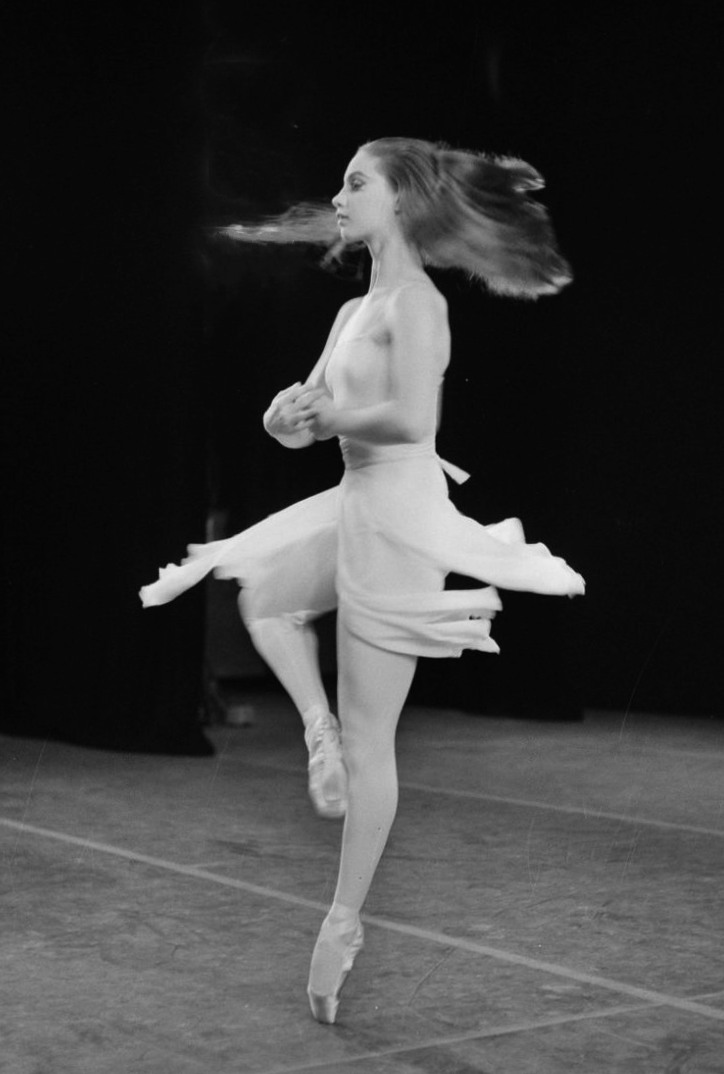|
E. Virginia Williams
E. Virginia Williams (March 12, 1914 – May 8, 1984) was an American professional ballet choreographer, teacher, and founder of the New England Civic Ballet which became the Boston Ballet, the first professional ballet company in New England. Early life Born Ellen Virginia Williams in 1914 in Salem, Massachusetts, E. Virginia Williams spent her childhood in Melrose, MA. Her father is a descendant of Roger Williams, founder of Rhode Island, and her mother descended from settlers who landed on the boat after the Mayflower. To aid Williams in overcoming her shyness at a young age, her parents sent Williams to her first dance lesson at the age of 5. Williams trained in many styles of dance, from ballet to modern, interpretive dance, and mime. She danced briefly with the Boston Opera company, however her father objected to her performing and Williams switched to teaching dance instead. Teaching Williams began teaching ballet at the age of 16, and opened studios across Massachus ... [...More Info...] [...Related Items...] OR: [Wikipedia] [Google] [Baidu] |
Salem, Massachusetts
Salem ( ) is a historic coastal city in Essex County, Massachusetts, located on the North Shore of Greater Boston. Continuous settlement by Europeans began in 1626 with English colonists. Salem would become one of the most significant seaports trading commodities in early American history. It is a suburb of Boston. Today Salem is a residential and tourist area that is home to the House of Seven Gables, Salem State University, Pioneer Village, the Salem Maritime National Historic Site, Salem Willows Park, and the Peabody Essex Museum. It features historic residential neighborhoods in the Federal Street District and the Charter Street Historic District.Peabody Essex announces $650 million campaign WickedLocal.com, November 14, 2011 [...More Info...] [...Related Items...] OR: [Wikipedia] [Google] [Baidu] |
Malden, Massachusetts
Malden is a city in Middlesex County, Massachusetts, United States. At the time of the 2020 U.S. Census, the population was 66,263 people. History Malden, a hilly woodland area north of the Mystic River, was settled by Puritans in 1640 on land purchased in 1629 from the Pennacook tribe and a further grant in 1639 by the Squaw Sachem of Mistick and her husband, Webcowet. The area was originally called the "Mistick Side" and was a part of Charlestown. It was incorporated as a separate town in 1649 under the name "Mauldon". The name Malden was selected by Joseph Hills, an early settler and landholder, and was named after Maldon, England. The city originally included what are now the adjacent cities of Melrose (until 1850) and Everett (until 1870). At the time of the American Revolution, the population was at about 1,000 people, and the citizens were involved early in resisting British rule: they boycotted the consumption of tea in 1770 to protest the Revenue Act of 1766, and ... [...More Info...] [...Related Items...] OR: [Wikipedia] [Google] [Baidu] |
Choreographer
Choreography is the art or practice of designing sequences of movements of physical bodies (or their depictions) in which motion or form or both are specified. ''Choreography'' may also refer to the design itself. A choreographer is one who creates choreographies by practising the art of choreography, a process known as choreographing. It most commonly refers to dance choreography. In dance, ''choreography'' may also refer to the design itself, which is sometimes expressed by means of dance notation. Dance choreography is sometimes called ''dance composition''. Aspects of dance choreography include the compositional use of organic unity, rhythmic or non-rhythmic articulation, theme and variation, and repetition. The choreographic process may employ improvisation for the purpose of developing innovative movement ideas. In general, choreography is used to design dances that are intended to be performed as concert dance. The art of choreography involves the specification of huma ... [...More Info...] [...Related Items...] OR: [Wikipedia] [Google] [Baidu] |
Boston Ballet
The Boston Ballet is an American professional classical ballet company based in Boston, Massachusetts. It was founded in 1963 by E. Virginia Williams and Sydney Leonard, and was the first professional repertory ballet company in New England. It has been led by Violette Verdy (1980–1984), Bruce Marks (1985–1997), and Anna-Marie Holmes (1997–2000). Mikko Nissinen was appointed artistic director in September 2001. History 1956-1979 In 1956, E. Virginia Williams moved her ballet school from a studio in Back Bay to 186 Massachusetts Avenue, across from the Loew's State Theatre in Boston. At this point, the school offered classes starting at a children's level all the way to a professional division. In 1958, out of her Boston School of Ballet (which was sometimes called The New England School of Ballet), E. Virginia Williams formed a small dance group named The New England Civic Ballet. The group primarily performed at small local festivals and venues around New England. ... [...More Info...] [...Related Items...] OR: [Wikipedia] [Google] [Baidu] |
New England
New England is a region comprising six states in the Northeastern United States: Connecticut, Maine, Massachusetts, New Hampshire, Rhode Island, and Vermont. It is bordered by the state of New York to the west and by the Canadian provinces of New Brunswick to the northeast and Quebec to the north. The Atlantic Ocean is to the east and southeast, and Long Island Sound is to the southwest. Boston is New England's largest city, as well as the capital of Massachusetts. Greater Boston is the largest metropolitan area, with nearly a third of New England's population; this area includes Worcester, Massachusetts (the second-largest city in New England), Manchester, New Hampshire (the largest city in New Hampshire), and Providence, Rhode Island (the capital of and largest city in Rhode Island). In 1620, the Pilgrims, Puritan Separatists from England, established Plymouth Colony, the second successful English settlement in America, following the Jamestown Settlement in Virginia foun ... [...More Info...] [...Related Items...] OR: [Wikipedia] [Google] [Baidu] |
Roger Williams
Roger Williams (21 September 1603between 27 January and 15 March 1683) was an English-born New England Puritan minister, theologian, and author who founded Providence Plantations, which became the Colony of Rhode Island and Providence Plantations and later the U.S. State of Rhode Island and Providence Plantations, now the State of Rhode Island. He was a staunch advocate for religious freedom, separation of church and state, and fair dealings with Native Americans. Williams was expelled by the Puritan leaders from the Massachusetts Bay Colony and established Providence Plantations in 1636 as a refuge offering what he termed "liberty of conscience". In 1638, he founded the First Baptist Church in America, in Providence. Williams studied the indigenous languages of New England and published the first book-length study of a native North American language in English. Early life Roger Williams was born in or near London between 1602 and 1606, with many historians citing 1603 as the p ... [...More Info...] [...Related Items...] OR: [Wikipedia] [Google] [Baidu] |
Boston Arts Festival
The contemporary Boston Arts Festival is an annual event showcasing Boston's visual and performing arts community and promoting Boston's Open Studios program. The weekend-long Festival at Christopher Columbus Waterfront Park features a wide variety of arts and high-end crafts, including painting, photography, ceramics, jewelry, sculpture and live music. The Arts Festival, which has existed in several different forms, was relaunched by former Mayor Thomas Menino in 2003, then reconceived by Mayor Marty Walsh in 2015. The Beacon Hill Art Walk and Artists Crossing Gallery will be organizing the 2019 September Festival. The original Festival, briefly named the "Boston Art Festival," was held at Boston's Public Garden between 1952 and 1964. That version is credited with democratizing access to the fine arts in Boston, especially for young, emerging and often Jewish-American, artists who felt shut out of Boston's famously Brahmin museums and other institutional exhibition sites. Activis ... [...More Info...] [...Related Items...] OR: [Wikipedia] [Google] [Baidu] |
Boston Public Garden
The Public Garden, also known as Boston Public Garden, is a large park in the Downtown Boston, heart of Boston, Massachusetts, adjacent to Boston Common. It is a part of the Emerald Necklace system of parks, and is bounded by Charles Street (Boston), Charles Street and Boston Common to the east, Beacon Street and Beacon Hill, Boston, Beacon Hill to the north, Arlington Street and Back Bay, Boston, Back Bay to the west, and Boylston Street to the south. The Public Garden was the first public botanical garden in America. History Boston's Back Bay, Boston, Back Bay, including the land the garden sits on, was mudflats until filling began in the early 1800s. The land of the Public Garden was the earliest filled, as the area that is now Charles Street had been used as a ropewalk since 1796. The town of Boston granted ropemakers use of the land on July 30, 1794, after a fire had destroyed the ropewalks in a more populated area of the city. As a condition of its use, the ropewalk's proprie ... [...More Info...] [...Related Items...] OR: [Wikipedia] [Google] [Baidu] |
Boston Symphony Orchestra
The Boston Symphony Orchestra (BSO) is an American orchestra based in Boston, Massachusetts. It is the second-oldest of the five major American symphony orchestras commonly referred to as the " Big Five". Founded by Henry Lee Higginson in 1881, the BSO performs most of its concerts at Boston's Symphony Hall and in the summer performs at Tanglewood. Since its founding, the orchestra has had 17 music directors, including George Henschel, Serge Koussevitzky, Henri Rabaud, Pierre Monteux, Charles Munch, Erich Leinsdorf, William Steinberg and James Levine. Andris Nelsons is the current music director of the BSO. Seiji Ozawa has the title of BSO music director laureate. Bernard Haitink had held the title of principal guest conductor of the BSO from 1995 to 2004, then conductor emeritus until his death in 2021. The orchestra has made gramophone recordings since 1917 and has occasionally played on soundtrack recordings for films, including ''Schindler's List''. History Early year ... [...More Info...] [...Related Items...] OR: [Wikipedia] [Google] [Baidu] |
The Nutcracker
''The Nutcracker'' ( rus, Щелкунчик, Shchelkunchik, links=no ) is an 1892 two-act ballet (""; russian: балет-феерия, link=no, ), originally choreographed by Marius Petipa and Lev Ivanov with a score by Pyotr Ilyich Tchaikovsky (Op. 71). The libretto is adapted from E. T. A. Hoffmann's 1816 short story "The Nutcracker and the Mouse King". Although the original production was not a success, the 20-minute suite that Tchaikovsky extracted from the ballet was. The complete ''Nutcracker'' has enjoyed enormous popularity since the late 1960s and is now performed by countless ballet companies, primarily during the Christmas season, especially in North America. Major American ballet companies generate around 40% of their annual ticket revenues from performances of ''The Nutcracker''. The ballet's score has been used in several film adaptations of Hoffmann's story. Tchaikovsky's score has become one of his most famous compositions. Among other things, the score is ... [...More Info...] [...Related Items...] OR: [Wikipedia] [Google] [Baidu] |
Suzanne Farrell
Suzanne Farrell (born August 16, 1945) is an American ballerina and the founder of the Suzanne Farrell Ballet at the Kennedy Center in Washington, D.C. Farrell began her ballet training at the age of eight. In 1960, she received a scholarship to the School of American Ballet. Her first leading roles in ballets came in the early 1960s. A muse of George Balanchine, she left the New York City Ballet in 1969 and subsequently moved to Brussels to dance for Maurice Bejart's Ballet of the 20th Century. In 1975, Farrell moved back to the United States, where she collaborated with Balanchine until his death in 1983; she retired from ballet six years later after a hip surgery she had due to arthritis. Farrell had an unusually long career as a ballet performer, and since her retirement in 1989 has acted as a teacher in numerous ballet schools. She held a teaching position with the New York City Ballet until 1993, and has been a professor of dance at Florida State University since 2000; the ... [...More Info...] [...Related Items...] OR: [Wikipedia] [Google] [Baidu] |
Michael Bennett (theater)
Michael Bennett (April 8, 1943 – July 2, 1987) was an American musical theatre director, writer, choreographer, and dancer. He won seven Tony Awards for his choreography and direction of Broadway theatre, Broadway shows and was nominated for an additional eleven. Bennett choreographed ''Promises, Promises (musical), Promises, Promises'', ''Follies'' and ''Company (musical), Company''. In 1976, he won the Tony Award for Best Direction of a Musical and the Tony Award for Best Choreography for the musical ''A Chorus Line''. Bennett, under the aegis of producer Joseph Papp, created ''A Chorus Line'' based on a workshop process which he pioneered. He also directed and co-choreographed ''Dreamgirls'' with Michael Peters (choreographer), Michael Peters. Early life and career Bennett was born Michael Bennett DiFiglia in Buffalo, New York, the son of Helen (née Ternoff), a secretary, and Salvatore Joseph DiFiglia, a factory worker. His father was Italian American and his mother was Je ... [...More Info...] [...Related Items...] OR: [Wikipedia] [Google] [Baidu] |








